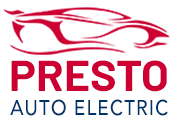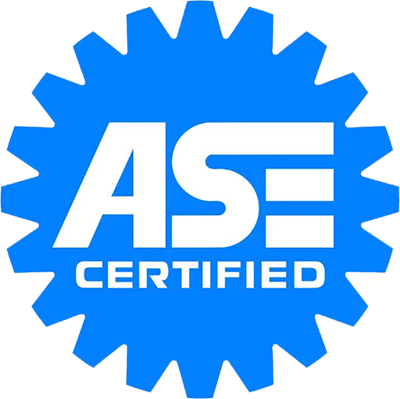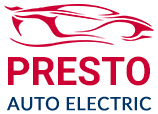Presto Auto Electric Blog
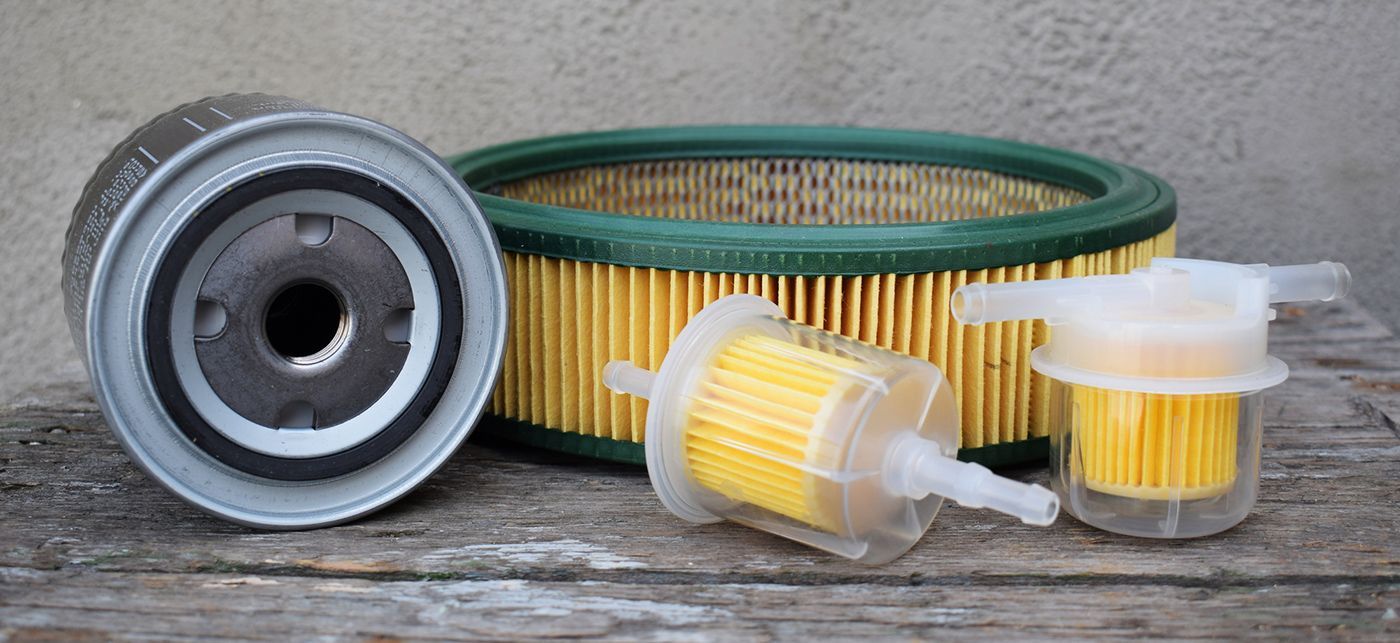
Regarding car maintenance, the air filter doesn’t always get the attention it deserves, but it should, especially if you live in a desert climate. In dusty, dry areas, your engine’s air filter works overtime to keep debris, sand, and other contaminants from entering the engine and causing damage. When it’s time to replace your air filter in Carson City, NV, contact Presto Auto Electric . What Does an Air Filter Do? Your car’s air filter traps dirt, dust, pollen, and even tiny bugs before they reach the engine. Clean air is essential for the combustion process, and a clogged or dirty filter restricts airflow, making the engine work harder. This can lead to poor fuel efficiency, sluggish acceleration, and even engine wear over time. Desert Conditions = Double Duty In desert regions, like Carson City, air filters get dirty faster. All that dust, sand, and grit in the air finds its way into your car’s intake system. This causes the air filter to become clogged more quickly than in more temperate climates, making frequent replacements a smart preventative measure. The Risks of Ignoring It If your air filter is neglected for too long, your engine might not get enough air, throwing off the fuel-to-air ratio and triggering that dreaded check engine light. Worse, tiny particles could start slipping through a worn-out filter and into the engine, potentially leading to costly repairs. When to Replace It In general, replacing your air filter every 12,000 to 15,000 miles is a good rule of thumb. But in desert conditions, you might want to inspect or replace it more often; every 8,000 to 10,000 miles could be safer. It’s a quick, inexpensive fix that protects one of the most expensive components in your vehicle. Air Filter Replacement in Carson City Is your car not running quite right? Are you experiencing decreased fuel economy? These are common signs it's time for a tune-up. During a tune-up, a vehicle may undergo a variety of simple auto maintenance tasks that help restore driveability and efficiency. This can include replacing spark plugs, cleaning the fuel injection system, or installing a new air filter and fuel filter. Call Presto Auto Electric at (775) 430-4546 to schedule dealership alternative auto maintenance in Carson City or the neighboring communities when it's time for expert auto care.

Living in a desert climate like Carson City comes with its own unique set of challenges for your vehicle’s engine. Whether you're cruising through the sun-baked highways or dealing with the relentless heat of the desert, understanding how these conditions affect your engine is key to preventing issues and avoiding costly auto repair. Below, we discuss some of the primary impacts of a desert climate on your engine and what you can do to keep it running smoothly. For engine repair in Carson City, NV, contact Presto Auto Electric . High Temperatures and Engine Stress In a desert environment, the soaring temperatures can put extra stress on your car’s engine. When the ambient temperature is high, your engine has to work harder to maintain optimal operating conditions. The heat can cause the engine oil to thin out, reducing its lubricating properties. This, in turn, increases friction between engine parts and can lead to accelerated wear and tear. Keeping an eye on your oil levels and using high-quality, high-temperature engine oil can help mitigate these issues. Impact on Cooling Systems Your engine’s cooling system is its lifeline, especially in a desert climate. High temperatures can overwork the radiator and coolant system, leading to overheating. Over time, the constant stress can cause leaks or damage to hoses and other components. Regular maintenance, including checking coolant levels and ensuring there are no leaks, is crucial to keep the system functioning efficiently. Scheduling routine auto repair inspections can catch these problems early before they escalate into serious issues. Dust and Debris Desert regions are notorious for dust, which can be a hidden enemy for your engine. Fine particles can infiltrate air filters, reducing airflow and causing the engine to work harder. A clogged air filter decreases performance and can lead to increased fuel consumption and more frequent auto repair needs. Replacing your air filter more frequently is a small change that can make a big difference. Fuel Quality and Combustion The combination of high heat and dust can also affect the combustion process. Deposits can build up in the engine, reducing efficiency over time. Regular tune-ups and using high-quality fuel can help maintain optimal combustion, ensuring your engine runs efficiently even in harsh desert conditions. Engine Repair in Carson City There are many symptoms of trouble when it comes to the engine. Some of the most common include the check engine light coming on, an oil leak, or a knocking noise coming from under the hood. If you're not getting the type of performance or fuel economy that you're used to, be sure to visit Presto Auto Electric or give us a call at (775) 430-4546 . We'll run thorough diagnostics and complete accurate repairs to get you back on the road in a safe and reliable vehicle.
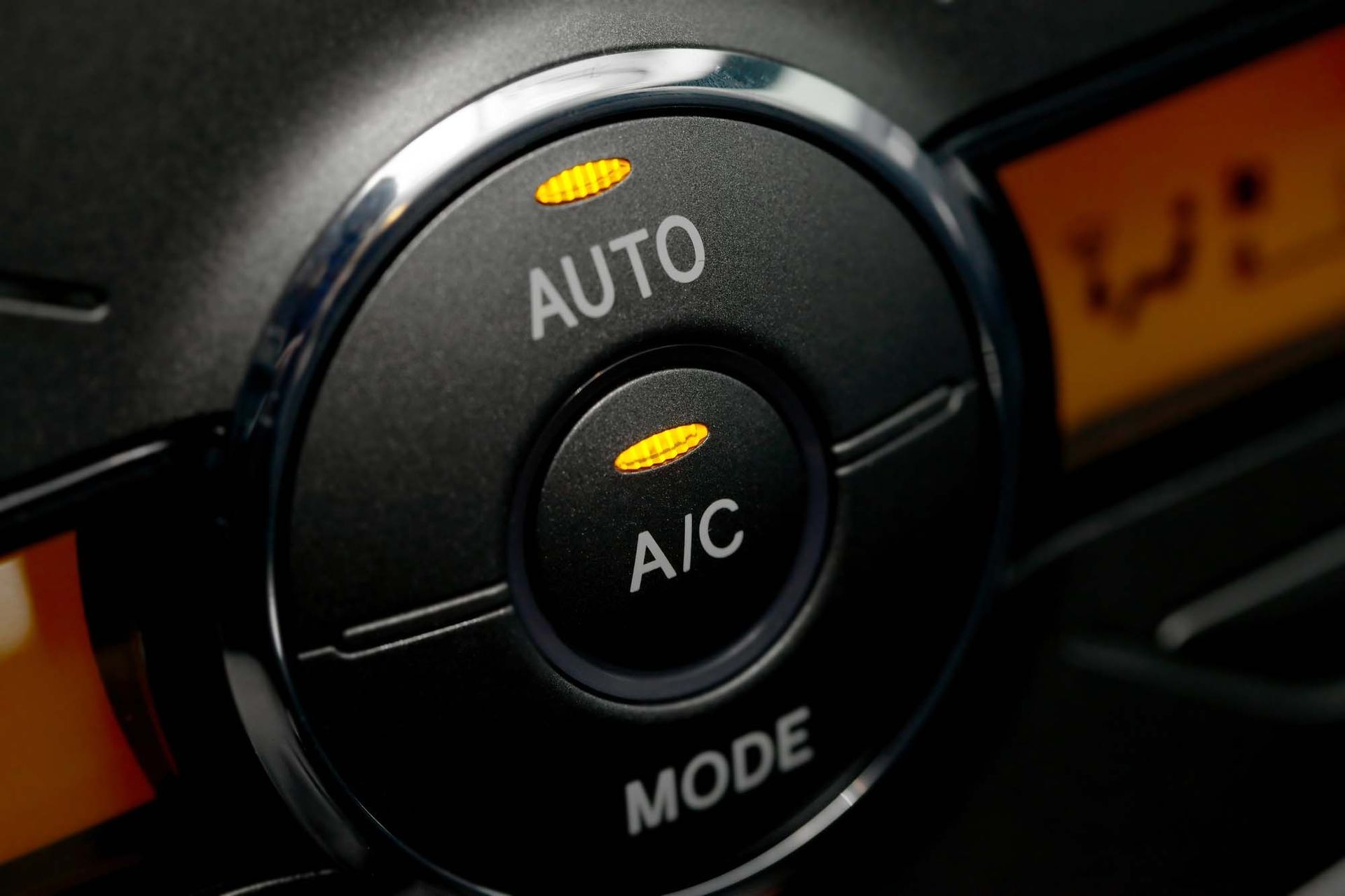
When the desert heat is blazing and you rely on your car’s air conditioning to keep you cool, nothing is more frustrating than a system that isn’t working properly. A failing AC makes your drive uncomfortable and can also be a sign of underlying issues that need attention. Below are some common signs that your car's air conditioning might be crying out for attention. For expert AC repair in Carson City, NV, contact Presto Auto Electric . Weak or No Cool Air If you notice that the air coming out of the vents isn’t as cool as it used to be, your system might be low on refrigerant or there could be a leak. This reduced performance means your car isn’t as comfortable as it should be on hot days, and it’s time to have it checked out. Strange Noises A well-functioning air conditioning system operates quietly, but if you begin to hear unusual sounds—like rattling, hissing, or squealing—while the AC is on, that’s a red flag. These noises could indicate issues with the compressor, loose components, or debris caught in the system. Addressing these sounds early can prevent further damage and more expensive repairs later on. Unpleasant Odors If your AC starts emitting a musty or moldy smell, it might be a sign that moisture is building up in the system, leading to mold or mildew growth. This makes for an unpleasant ride and can be harmful to your health. Regular cleaning of the AC vents and maintenance can help prevent these odors from becoming a persistent problem. Reduced Airflow Another telltale sign is a noticeable drop in airflow from the vents. This could be due to a clogged cabin air filter or an issue with the blower motor. If the air coming out feels weak or inconsistent, it’s worth investigating, as proper airflow is crucial for the system to cool the air effectively. Increased Humidity Inside the Car If you find that your windshield fogs up more often, or if the interior of your car feels unusually humid despite the AC running, it could indicate that the system isn’t removing moisture efficiently. This could be a sign of low refrigerant levels or a malfunctioning compressor. AC Repair in Carson City The mechanics at Presto Auto Electric are highly skilled at diagnosing and repairing AC systems in all makes and models of foreign and domestic cars, trucks, and SUVs. Getting to the bottom of automotive air conditioner trouble requires special tools, which our modern shop is equipped with. Call us at (775) 430-4546 or come see us for expert automotive AC repair in Carson City if you're not getting the cool air you crave while driving.
